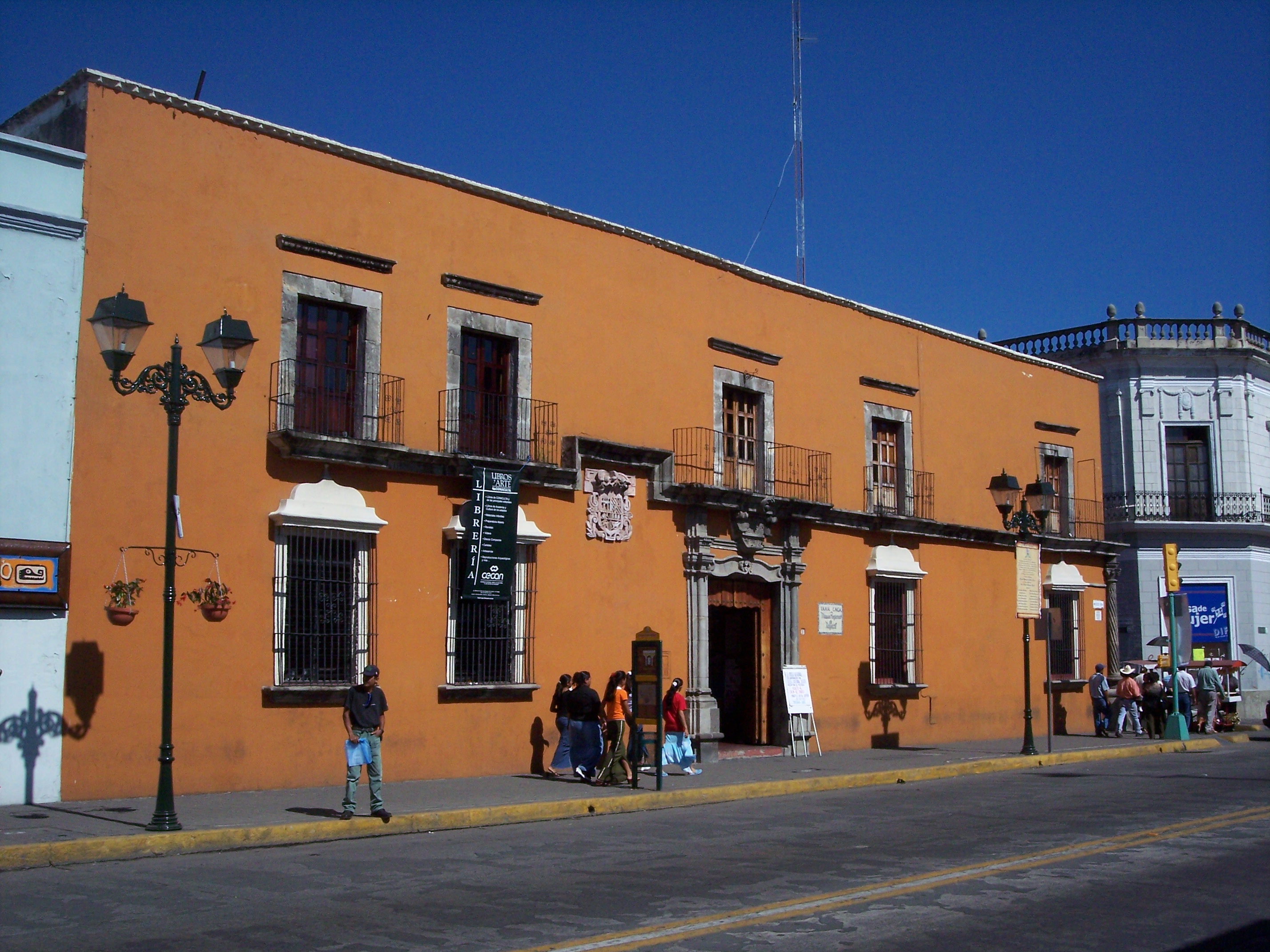Found something interesting in the Evening Standard yesterday. It concerned an article and a page sized advertisement by BMI (British Midland International). If you're not sure yet where to go on holiday this summer, you might consider booking a trip to a World Heritage Site with BMI.
Copied from the Evening Standard:
"HERE'S the scenario - you're itching to get away but you really want something a bit more fulfilling than your usual beach break. Sure you want good weather as we're in the summer now but you also want a good dose of culture to tell your friends about.
Now BMI has launched a series of promotional routes to six UNESCO World Heritage Sites, making that history trip abroad much closer than you think."
It sounds interesting and a good way of promoting World Heritage, but, I don't know... The idea of promoting heritage for the sake of tourism (making money) always makes me feel uneasy.
Then there's the page sized advertisement. Yes, the pictures look nice, but the way they were framed in cards made it look like they were part of the game "Go Fish" or rather "Quartet".
Person 1: Do you have, for me, World Heritage Site Petra. Destination: Amman. Prices from: 299 pounds rtn?
Person 2: No... But do you have World Heritage Site El Jadida? Destination: Casablanca. Prices from: 149 pounds rtn?
Person 1: Yes, dammit! I was going to go there! D:
It all looked, dare I say it, a bit tacky?
The prices are good though, so if you were interested in going to one of those places, it might be worth checking out. More about the BMI World Heritage Promotion on
their site. Offer ends 27 May, so you have to be quick!







